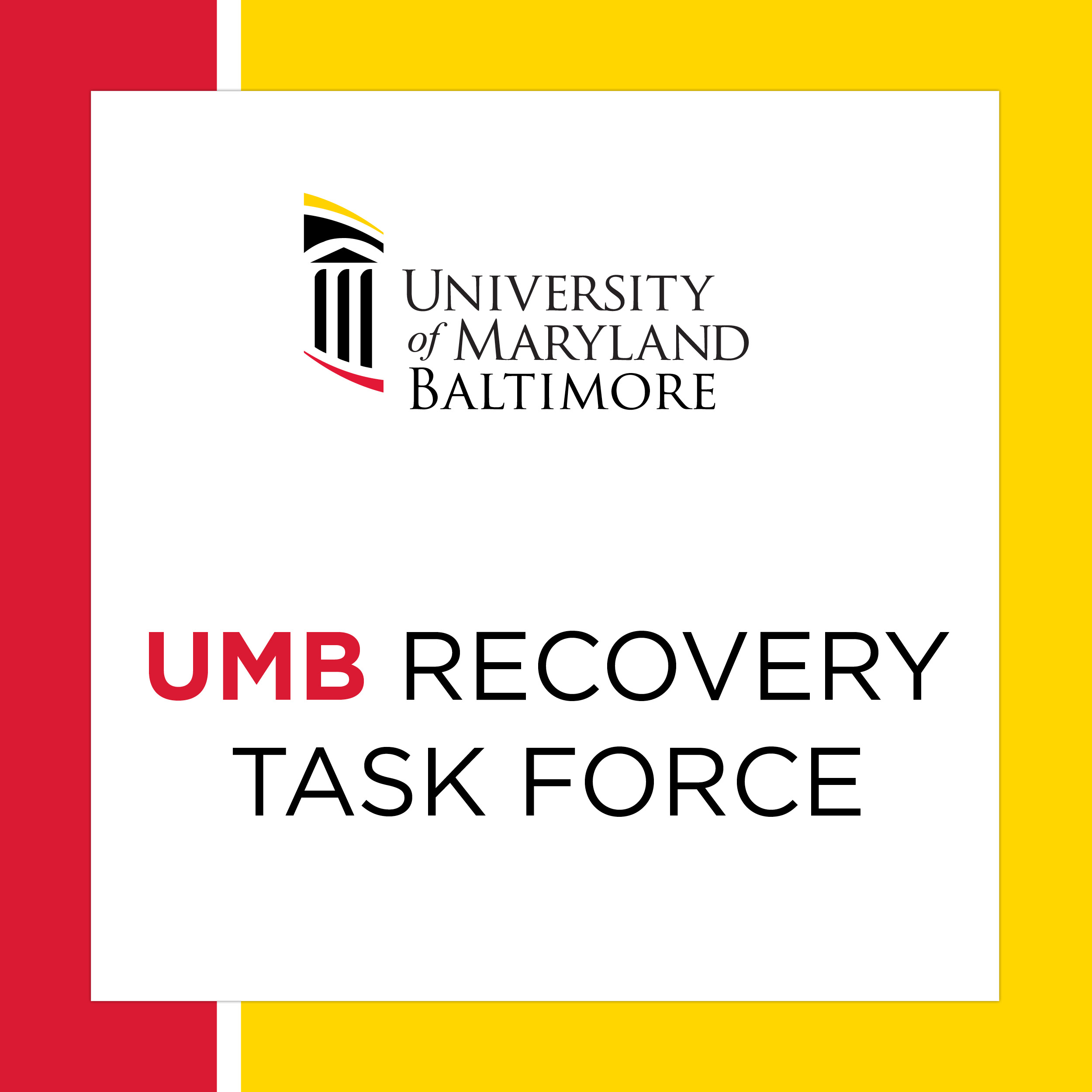Recommendations on Cloth Face Coverings
December 02, 2020 UMB Communications and Public Affairs
UMB Recovery Task Force offers tips on masks in regard to fabric, layers, and fit.
Since the outset of the COVID-19 pandemic, the University of Maryland, Baltimore (UMB) has emphasized the importance of wearing face coverings in addition to frequent hand washing and physical distancing as measures to reduce the risk of coronavirus infection and spread.
With few exceptions, students, faculty, and staff are required to wear face coverings when on UMB’s campus or UMB-owned or -operated sites such as the Universities at Shady Grove and Donaldson Brown Riverfront Event Center. Personnel may remove their face coverings outdoors when on break as long as they are able to maintain at least 6 feet of physical distancing.
As the pandemic has progressed, however, it’s become clear that not all cloth face coverings are created equal in terms of fabric, layers, and fit. Using Centers for Disease Control and Prevention research and other sources, UMB’s Recovery Task Force put together recommendations on what’s preferred, acceptable, or not acceptable in regard to the composition of cloth face coverings or the use of gaiters and bandannas.
These recommendations are for face coverings worn by non-medical personnel in non-clinical settings.
Preferred
- A face covering with two or more layers of material
- A face covering with two or more different types of material (e.g., combining cotton —ideally dense/high-thread-count fabric made from spun cotton — with a second layer of silk, chiffon, or flannel)
- A face covering that can form a fit with minimal air gaps between the sides of the face and the nose/chin
Not acceptable
- A gaiter, bandanna, or scarf
- A face covering with a single layer of material
- A face covering that has gaps, such as a bandanna
- A face covering with vents or an exhalation valve
- A face shield alone that doesn’t cover the mouth and nose
- A face covering made out of materials that are not meant for contact with the body (e.g., vacuum bags, non-consumer-grade fabric). Also, pay careful attention to the fabric treatment/coating involved for allergic reaction or other potential detrimental issues.
Note: The UMB Recovery Task Force also urges you to follow the instructions of your institution. Those in professional settings such as inpatient wards or clinics should wear the type of face covering that has been approved by your department.